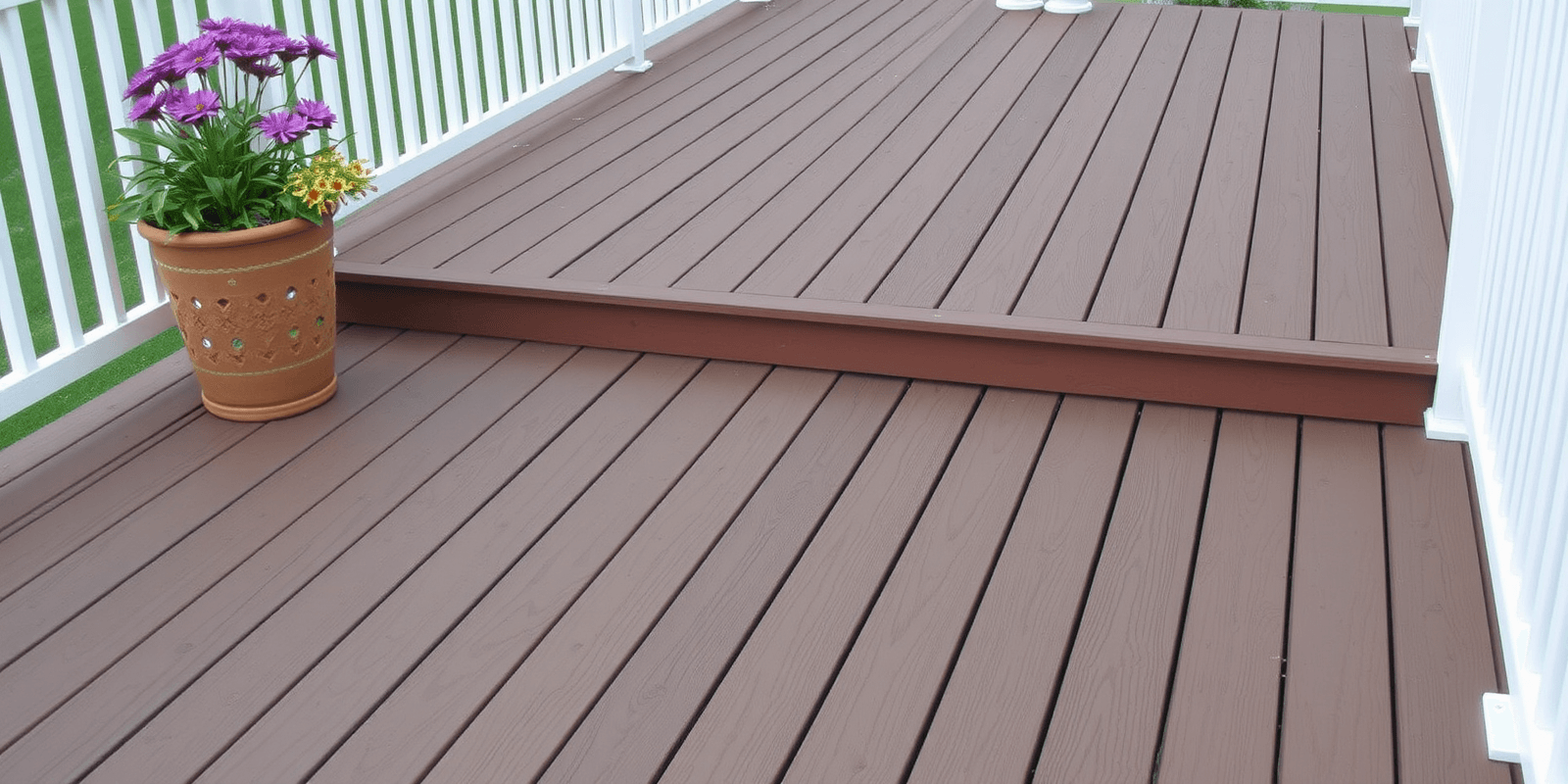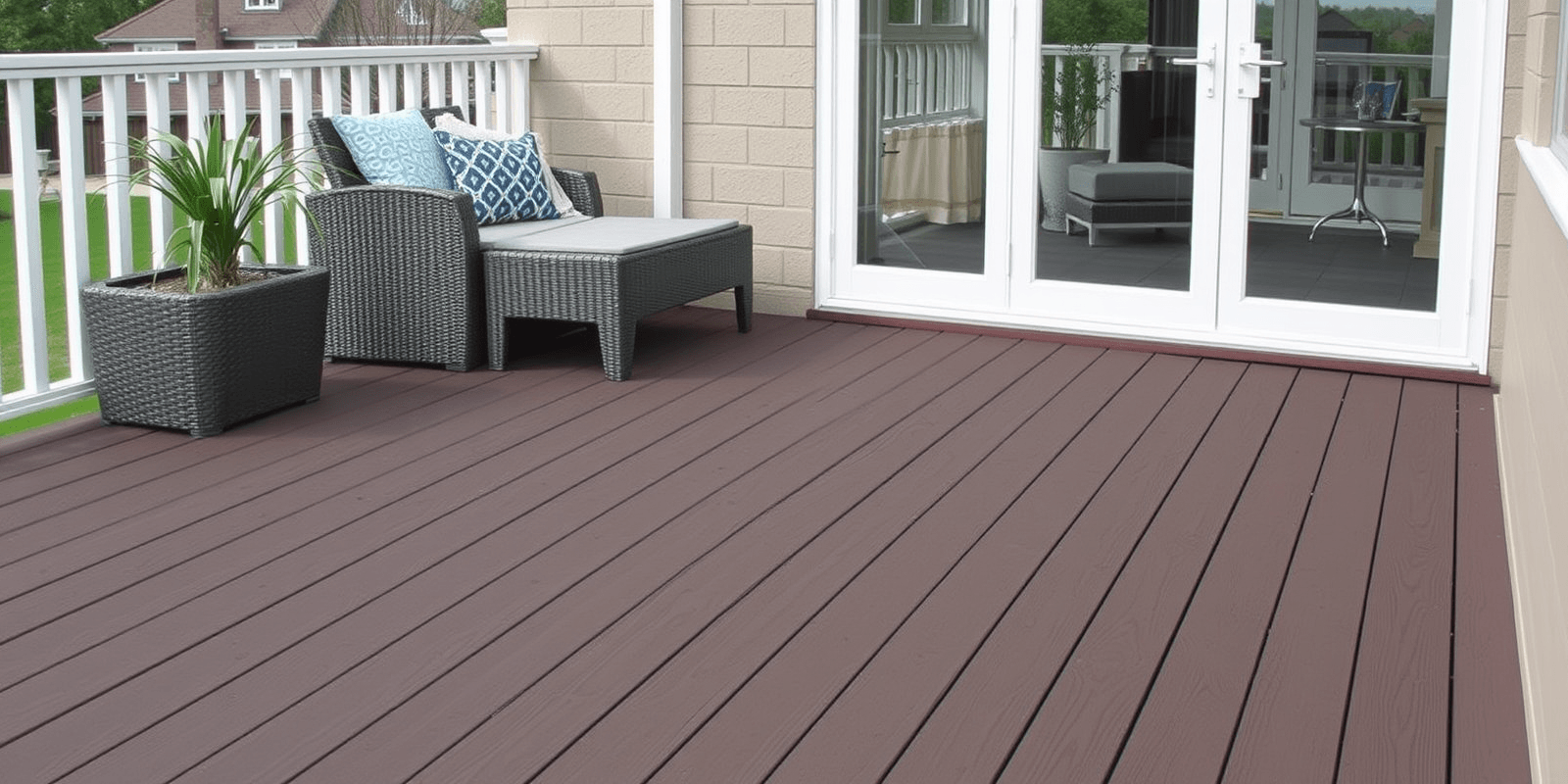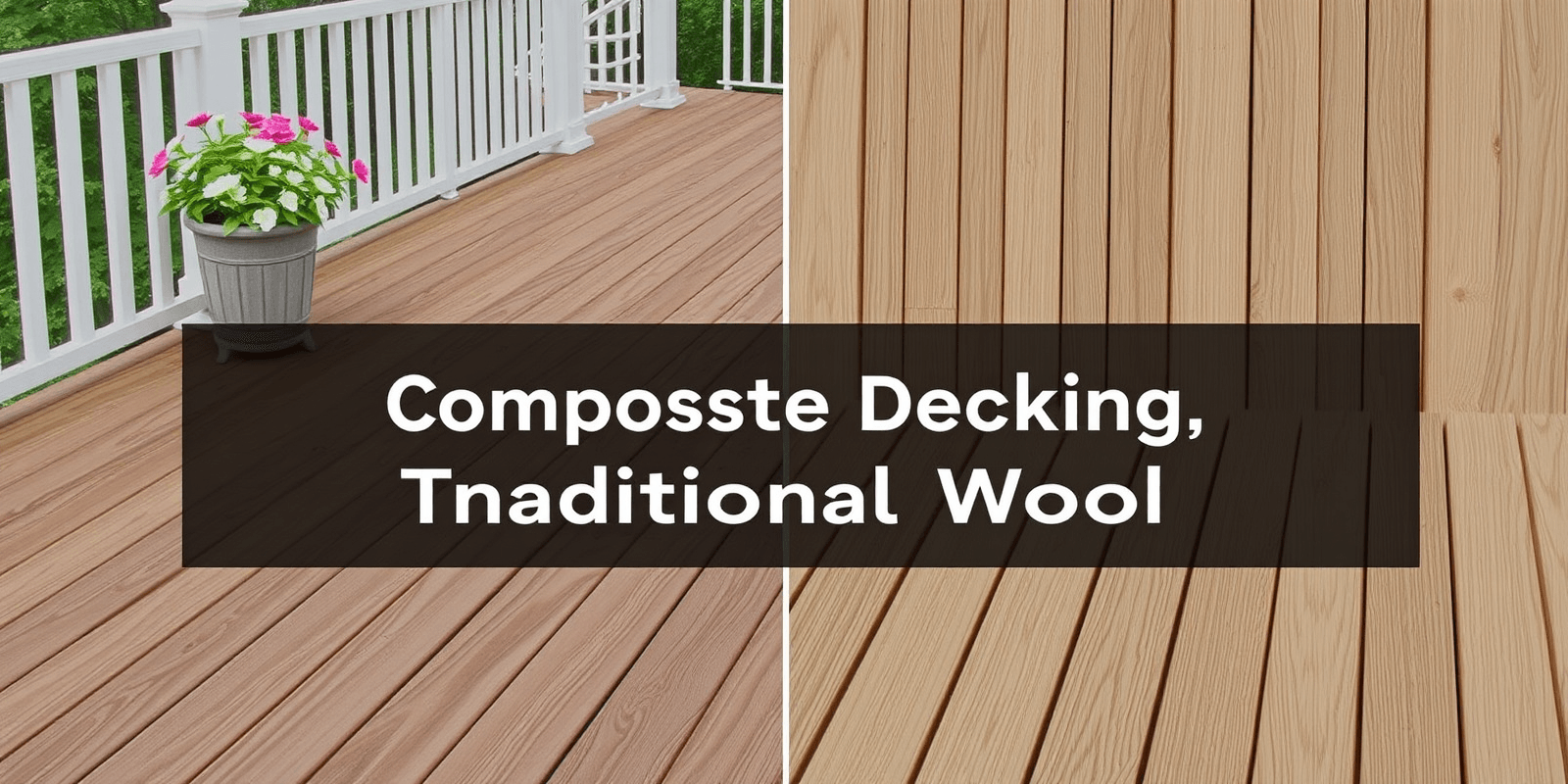tongue and groove composite decking
The Allure of Tongue and Groove Composite Decking
Tongue and groove composite decking is a modern and sustainable choice for outdoor living spaces. This type of decking combines the strength and durability of composite materials with the interlocking design of tongue and groove joints, creating a seamless and robust surface that resists warping, rotting, and insect damage. In this article, we will explore the various advantages of installing tongue and groove composite decking, compare it to traditional wood decks, provide tips for installation, and share real-life examples of successful projects.
Advantages of Tongue and Groove Composite Decking
Composite decking has become increasingly popular due to its low-maintenance requirements, resistance to moisture, and ability to withstand harsh weather conditions. The tongue and groove design further enhances these benefits by providing a tight seal between boards, reducing water absorption and minimizing gaps. Additionally, this design ensures a uniform appearance, making the deck look more polished and professional.
Comparison with Traditional Wood Decks
Traditional wood decks require regular maintenance, including sealing, staining, and sanding, to maintain their appearance and prolong their lifespan. In contrast, tongue and groove composite decking is highly resistant to fading, warping, and cracking, which means it requires minimal upkeep. Furthermore, composite decking is made from recycled materials, such as plastic bottles and reclaimed wood fibers, making it an environmentally friendly option. Studies have shown that composite decking can last up to three times longer than traditional wood decks, reducing waste and the need for frequent replacements (source: DeckStoday).
Tips for Installation
Installing tongue and groove composite decking requires careful planning and attention to detail. Here are some essential tips to ensure a successful project:
- Measure accurately: Before beginning the installation process, measure your deck area carefully to determine the number of boards needed and any necessary cuts. It’s important to account for any obstacles or variations in the deck’s surface.
- Use appropriate tools: Invest in high-quality tools designed for working with composite materials, such as a circular saw with a carbide-tipped blade and a drill with a spade bit. These tools will help you achieve clean cuts and precise holes for screws and fasteners.
- Follow manufacturer instructions: Each composite decking product may have specific installation guidelines, so be sure to read and follow the manufacturer’s instructions closely. This includes proper spacing between boards, recommended fastener types, and any additional steps required for a successful installation.
- Consider professional assistance: If you’re not confident in your ability to install tongue and groove composite decking, consider hiring a professional contractor. They can help ensure a smooth and efficient installation process, resulting in a beautiful and long-lasting deck.
Real-Life Examples of Successful Projects
Many homeowners have successfully installed tongue and groove composite decking in their backyards, transforming ordinary spaces into stunning outdoor retreats. For example, the Houzz gallery features several projects showcasing the versatility and beauty of this material. From minimalist designs with sleek lines to elaborate setups with built-in seating and lighting, tongue and groove composite decking offers endless possibilities for creating functional and attractive outdoor spaces.
Conclusion
Tongue and groove composite decking provides numerous advantages over traditional wood decks, including reduced maintenance, enhanced durability, and eco-friendliness. By following best practices for installation and drawing inspiration from successful projects, homeowners can create stunning outdoor living areas that stand the test of time. Whether you’re looking to update an existing deck or build a new one, consider choosing tongue and groove composite decking for a low-maintenance, long-lasting solution.



